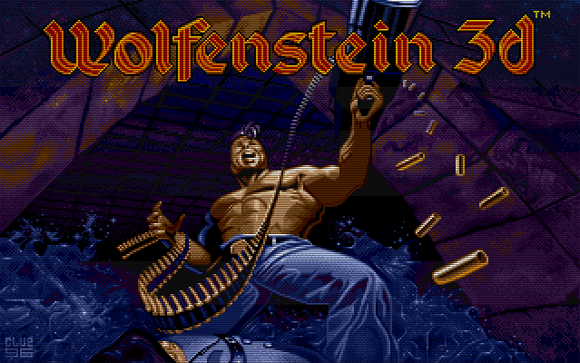
Tomorrow sees the release of Wolfenstein the New Order, the latest iteration of the legendary Wolfenstein franchise. While many gamers of a certain age will fondly remember the fast-paced kill-or-be-killed style of 1992’s Wolfenstein 3D, a deeper look reveals that Wolfenstein has been a trend-setter since its first incarnation in 1981. While many gamers will remember Wolfenstein 3D as ushering in an era of first-person shooters (FPS) with Doom and Quake being released shortly after, throughout its three-decade history, Wolfenstein has often been at the forefront of game design. Below we look at the major innovations and trends initiated by the series.
Phase I: Castle Wolfenstein and Beyond
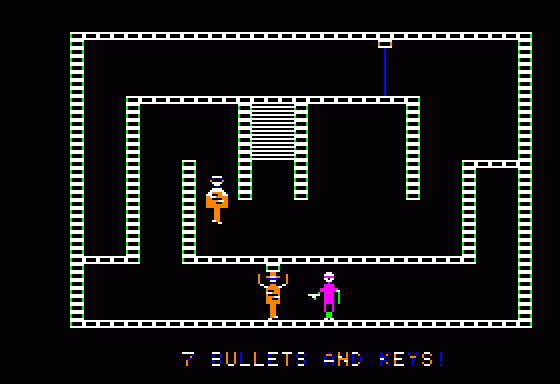
Created by Silas Warner and released by Muse Software for the Apple II computer in 1981, Castle Wolfenstein stood out from the get-go with its permit to let game players go one-on-one with Nazi guards and SS Stormtroopers as the player traversed the levels of the castle to rescue a secret map and escape. It and its sequel, Beyond Castle Wolfenstein, were top-down action-adventure shooter games that actually placed less importance on shooting—players after all had a limited amount of ammo—and more on stealth, as players were more likely to succeed by outwitting their opponents through evasion and even disguise, presaging the late 90s boom in such stealth games as Metal Gear Solid and Thief: The Dark Project. The original was so successful that it resulted in the creation of the first game trainer, helping players to bend the rules of the game as needed.
Phase II: Wolfenstein 3D
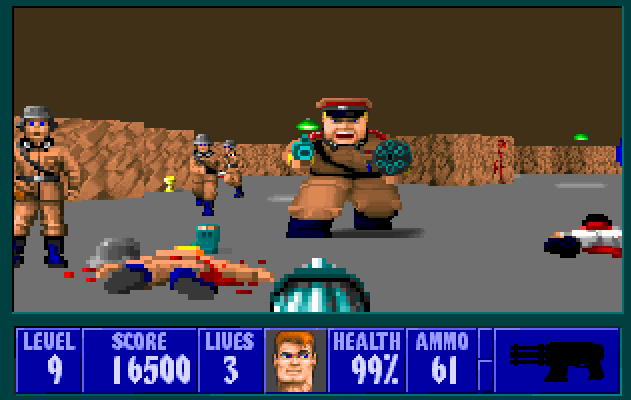
For gamers in the 90s, the release of Wolfenstein 3D in 1992 was a watershed moment, introducing many features of the first-person shooter whose influence is still felt today. As Muse Software had allowed their trademark on Wolfenstein to expire, iD software stepped in to create a wholly new gaming experience paired with an exhilarating (and blood-filled) storyline that helped to popularize the FPS genre for the PC while pioneering the run-and-gun model that would become a hallmark of subsequent FPS games. Compared to its predecessor, Wolfenstein 3D signified a quantum leap in game design as players were thrown into a pseudo-3D environment, playing as the protagonist William “B.J.” Blazkowicz as he makes his way through a series of map-like levels with ample ammunition.
A decidedly raunchier and more inventive version of its top-down predecessor, players stalked swastika-draped environs while encountering a seemingly endless onslaught of guards, manic guard dogs, Nazi mutants, and eventually Adolf Hitler himself, decked out in a robotic suit and multiple chainguns. Over the next few years, iD continued to pump out additional mission packs and expand to such ports as the SNES, Atari Jaguar, and the Mac OS—anyone remember the opening scene from 1995’s internet-thriller The Net where Sandra Bullock’s character “tests” the game for viruses? Priceless. However, the game lost steam as popular FPS games like Doom and Quake pushed the genre into even darker and bloodier territory, nudging the Wolfenstein franchise into hibernation.
Phase III: Return to Castle Wolfenstein
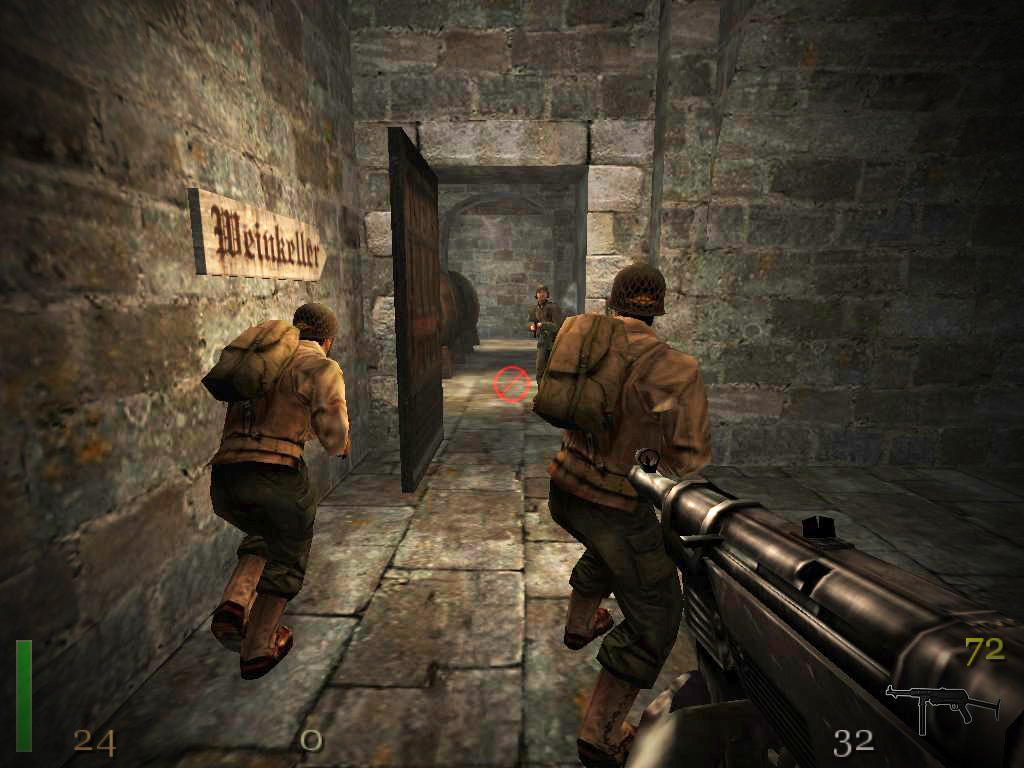
Released when WWII FPS games seemed to be coming out faster than they could be played, Activision decided the time was ripe for a new generation of gamers to enter the world of Wolfenstein with 2001’s Return to Castle Wolfenstein. Players could choose between assuming the character of B.J. in a single-player version that featured even more fantastical foes or play together in the exceedingly popular multiplayer mode where players could fight in teams against each other in teams of either of Axis or Allies, which reflected the increasing popularity of historical FPS games that allowed players to assume the role of the enemy. Building on the success of its multiplayer version, Wolfenstein: Enemy Territory was released as a free, downloadable multiplayer game that still remains popular over a decade later.
Phase IV: Wolfenstein and the Future
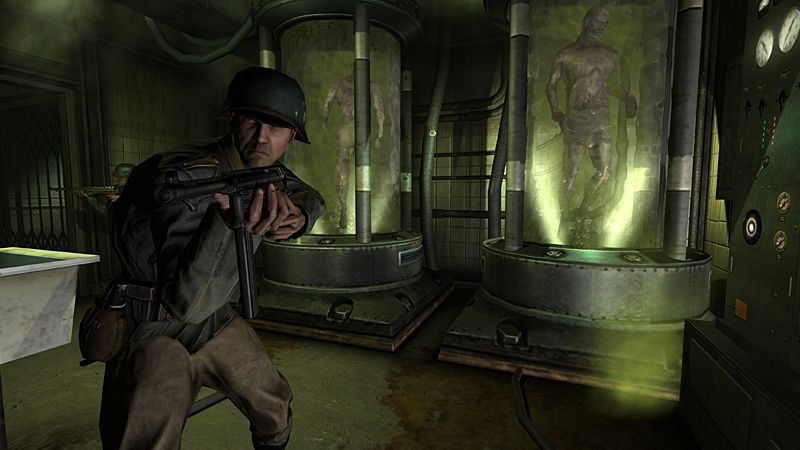
As military shooters retained their popularity with such franchises as Call of Duty, the 2009 Wolfenstein incarnation took players even deeper into the increasingly bizarre alternative history of the Wolfenstein universe, implementing even more sci-fi and fantasy elements. However, the game came out to mixed reviews and disappointing sales, seemingly putting a death nail in the franchise’s future.
And yet, developer MachineGames and its owner ZeniMax Media acquired id Software and its many classic franchises in 2009 and decided to start developing Wolfenstein: The New Order in 2010. This latest version takes the player back to the single-player origins of Wolfenstein 3D, placing them in an alternate 1960 where the Nazis have won WWII. While early buzz has been solid regarding the game play and plot, it’s a safe bet to assume that the Wolfenstein franchise could either flourish again or recede into video game history for another decade depending on its success. Either way, this writer will be happy to content himself playing Wolfenstein 3D on his iPhone for the foreseeable future and see how the franchise continues to both change with and influence the current video game landscape.